Search Results
8 results for rare diseases
What’s the Connection Between Polio Eradication and Primary Immunodeficiency?
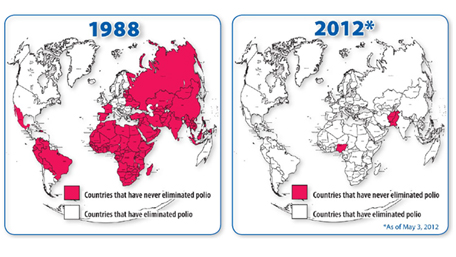
A Public Health Role for Human Genetics Two non-profit foundations with distinct missions recently announced that they are joining forces to support polio eradication. The Bill & Melinda Gates Foundation (BMGF) supports global health programs; the Jeffrey Modell Foundation (JMF) advocates for early diagnosis and treatment of genetic immunodeficiency disorders. How did these organizations find common
Posted on byPublic Health Genomics: 15 Years On
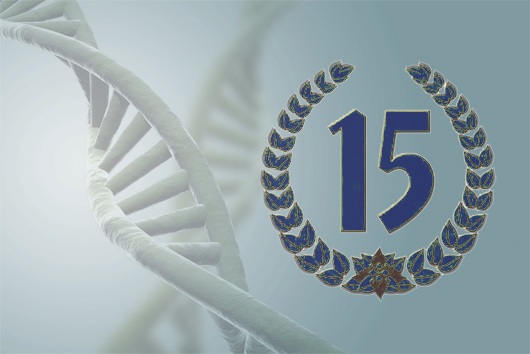
In 2012, the United States and the United Kingdom marked 15 years of public health genomics, a multidisciplinary field that deals with the effective and responsible translation of genome-based science to improve population health. Fifteen years ago, a new era of personalized healthcare and disease prevention seemed only around the corner. However, the promise of
Posted on byFrom Genetic Counseling in Individuals to Cascade Screening in Populations: An Emerging Role for Public Health Practice
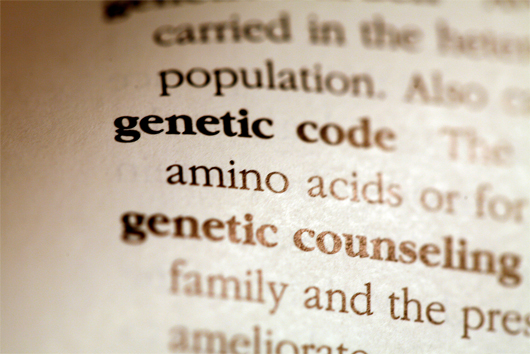
There are more than 2500 diseases for which genetic testing is currently available. Most of these diseases are individually rare conditions but collectively affect millions of individuals and families worldwide. Genetic diseases are usually caused by mutations in one or a few genes that may confer a high risk of illness, disability and early death.
Posted on by 1 CommentThink After You Spit: Personal Genomic Tests May Offer a Teachable Moment
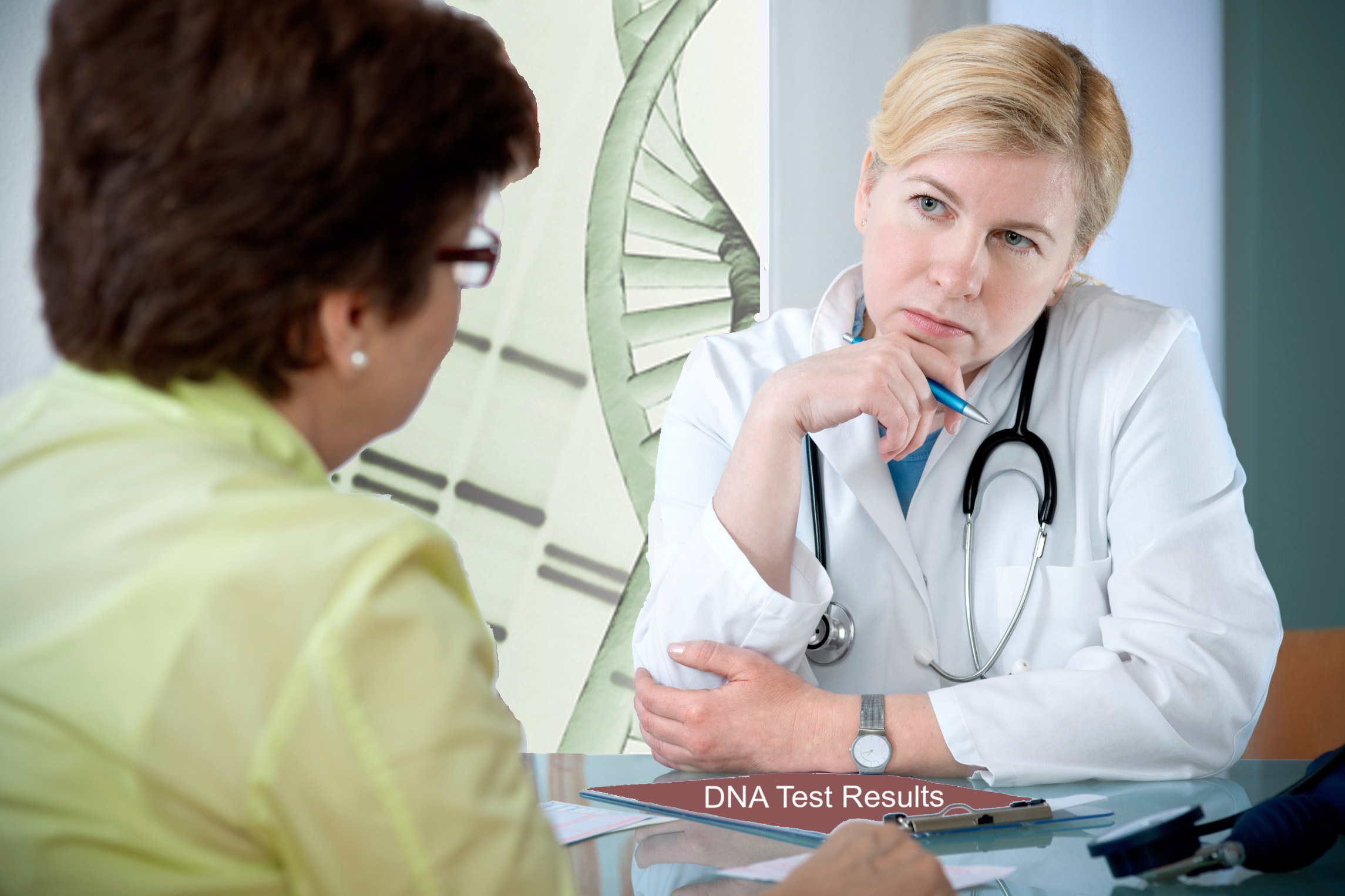
Personal genomic tests are now widely available and sold directly to consumers, but population-based data are limited on awareness, use and impact of these tests. In collaboration with 4 state public health genomics programs, we have recently reported on consumer awareness and use of personal genomic tests using the 2009 Behavioral Risk Factor Surveillance System.
Posted on by 1 CommentCan We have Our Genome and Eat It Too? Deploying the Whole Genome Sequence In Medicine and Public Health, One Base Pair At A Time.

This post was originally published November 3, 2011 but is still very much applicable in 2013! The popular proverbial saying “you cannot have your cake and eat it too” implies that one cannot consume something and preserve it at the same time–in other words, we cannot have it both ways. Well, for once, maybe we
Posted on by 4 CommentsShall We Have Pie or Stew?
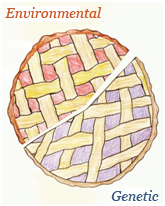
Understanding Genetic and Environmental Causes of Human Disease A recent article in the Archives of General Psychiatry by Hallmayer et al. discussed the role of genetic and environmental factors in autism and autism spectrum disorders (ASD). The study was a heritability analysis of 192 pairs of twins, which attributed 37 percent of the variation in
Posted on by 15 CommentsGenome vs. Genome: E. Coli Sprouts in Germany

Public health officials around the world are watching what they hope is the final stage of a massive outbreak of Shiga toxin-producing Escherichia coli (STEC) infections that began in Germany in May. On June 10, officials of the German federal disease control center, the Robert Koch Institut, announced that raw vegetable sprouts were indeed the
Posted on by 5 CommentsTell Me More about Telomeres

Researchers, journalists, and inquiring minds want to know more about telomeres, which seem to hold clues to human aging and age-related diseases. Could telomeres provide an answer to questions like “How long will I live?” or “Will I get cancer?” What are telomeres? Telomeres are structures at the ends of chromosomes that contain repetitive stretches
Posted on by 2 Comments